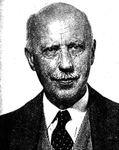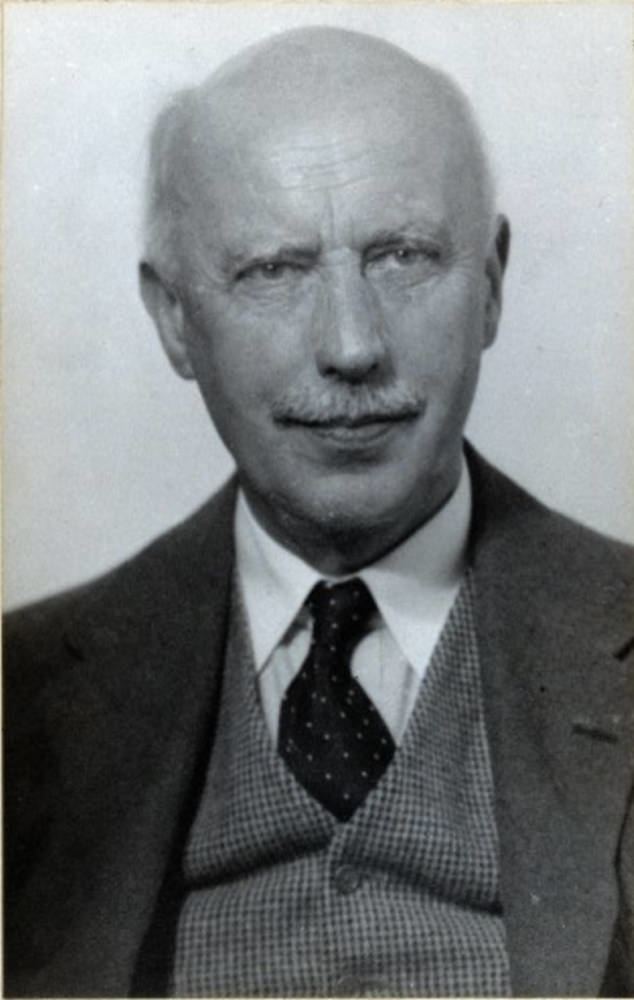Residence England Role Chemist Nationality English Education University of Leeds | Alma mater University of Leeds Books A Handbook on Antiseptics Name Henry Dakin | |
 | ||
Known for Carrel-Dakin method,Dakin reaction,Dakin-West reaction Notable awards Davy Medal (1941)Fellow of the Royal Society Doctoral advisor Julius B. Cohen, Albrecht Kossel | ||
Henry Drysdale Dakin FRS (12 March 1880 – 10 February 1952) was an English chemist.

He was born in London as the youngest of 8 children to a family of steel merchants from Leeds. As a school boy he did water analysis with the Leeds City Analyst. He studied chemistry at the University of Leeds with Julius B. Cohen and after he worked with Albrecht Kossel on arginase at the University of Heidelberg he joined Columbia University in 1905, working in the lab of Christian Herter. During his work on amino acids he obtained his PhD from Leeds.
In 1914 he went back to England to offer his service with the war effort. Due to a request for a chemist by Alexis Carrel to the Rockefeller Institute, Dakin joined Carrel in 1916 at a temporary hospital in Compiègne. There they developed the Carrel–Dakin method of wound treatments. This consisted of intermittently irrigating the wound with Dakin's solution. This solution is a highly diluted antiseptic, consisting of sodium hypochlorite (0.4% to 0.5%) and boric acid (4%). The boric acid, or other buffering agent, is used to maintain a pH of between 9 and 10, as alkalinity outside this range is found to be much more irritating. The solution, while unstable, if made to the correct pH retains the requirements of Dakin's solution for at least a week. Since 1982 a modified, more stable Dakin's Solution has been commercially available from Century Pharmaceuticals, Inc.
After he married the widow of Christian Herter in 1916, he worked in his private laboratory in Scarsdale, New York and had several close collaborations with other scientists. His main working fields were amino acids and enzymes. The extraction of amino acids from hydrolyzed peptides by butanol was invented by him. He also was interested in organic chemistry and synthesis, and devised the Dakin reaction and the Dakin–West reaction.
He died shortly after the death of his wife in early 1952.
In popular culture
Experiments with the Carrel-Dakin method were depicted in the 2014 BBC miniseries, The Crimson Field.
